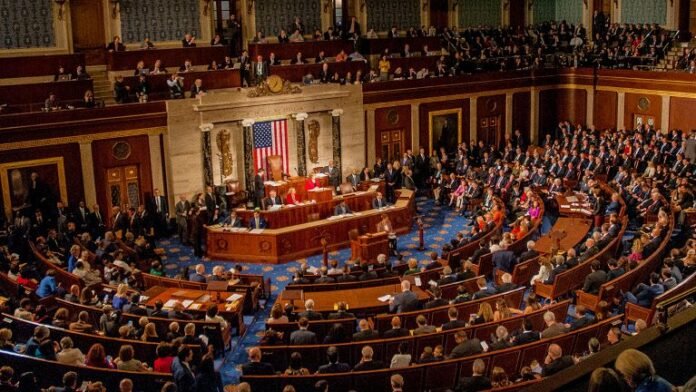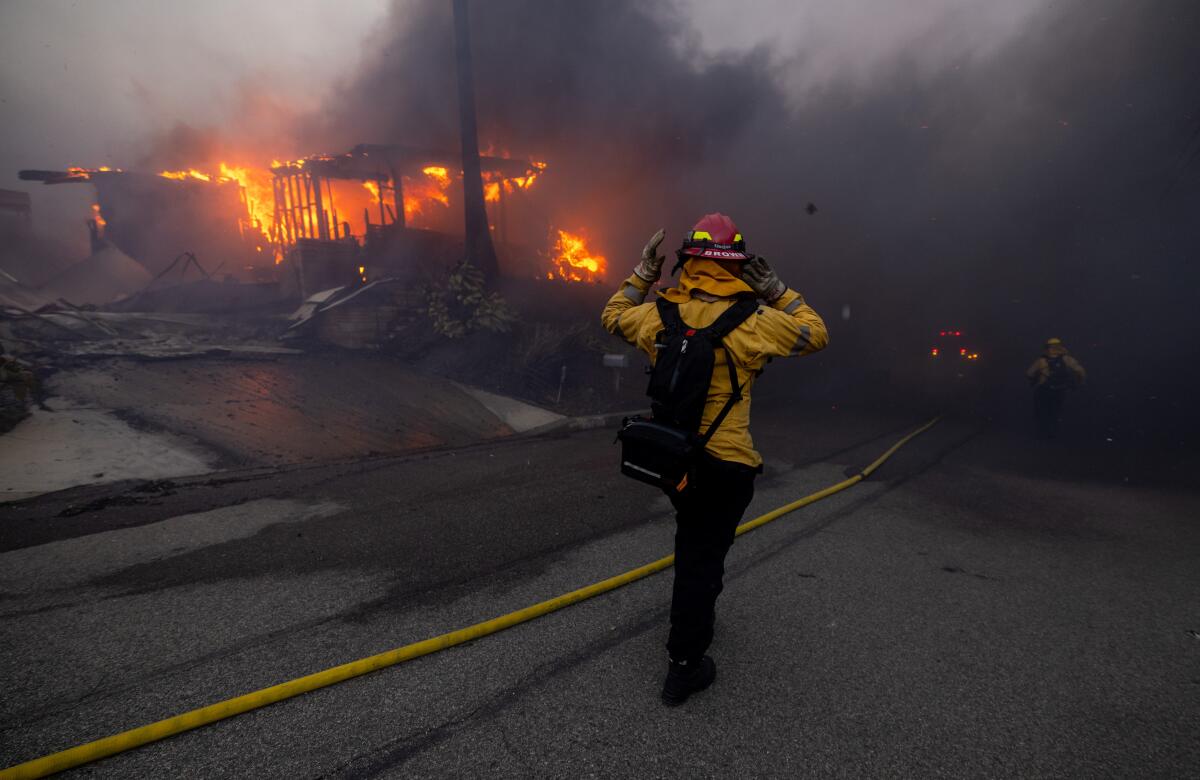On October 1, 2025 at 12:01 a.m. EDT, the U.S. federal government entered a shutdown after Congress failed once again to pass funding legislation for fiscal 2026.
This is the first shutdown since 2018, and only the third under President Donald Trump. Critics warn the impasse will hobble agencies, harm services, and strain public trust.
Republicans had proposed a short-term continuing resolution (CR) to keep the government operating through November 21, but it failed to muster the 60 votes needed in the Senate.
Democrats balked, insisting on provisions to preserve health care subsidies, reverse cuts to Medicaid, and restore Affordable Care Act tax credits.
Who Works, Who Waits: Furloughs, Essential Services & Impact
The shutdown immediately placed more than 803,000 federal employees on furlough, while another 700,000 workers were required to continue working without pay.
Under the Government Employee Fair Treatment Act of 2019, furloughed employees must later receive retroactive pay once funding is restored.
In health agencies, the impact is stark. The Department of Health and Human Services plans to furlough 41% of its staff. The CDC expects to furlough 64% of its workforce, and NIH may send home 75%.
Financial regulators also began shutting down: the Securities and Exchange Commission will idle over 90% of its staff, retaining only minimal oversight teams.
Programs, Services & Public Welfare Under Strain
Certain mandatory programs survive the cut. Social Security and SSI payments will continue on schedule.
But many discretionary services are affected. The WIC nutrition program (Women, Infants, Children) faces imminent funding gaps.
Hospitals are bracing for Medicaid payment disruptions, with rural and safety-net facilities at greatest risk.
National parks will remain partly open—roads and trails may stay accessible—but infrastructure, visitor centres, gated lots, and staffing will be cut. Conservationists warn of vandalism and ecological damage from understaffed sites.
The White House also froze funds to certain Democratic states—$18 billion for New York transit and $8 billion for green energy projects in other states—raising partisan alarms over targeting.
Political Blame, Economic Costs & the Way Forward
President Trump warned of “irreversible mass firings” of federal workers if the shutdown drags on.
Senate Republican John Thune said Republicans would not be “taken hostage”. Democrat leader Chuck Schumer accused Republicans of spreading “lies.”
The White House’s Office of Management and Budget ordered agencies to prepare mass firing plans for some programs not aligned with Trump’s agenda.
A White House memo warns the economy could lose $15 billion in GDP each week of shutdown. About 1.9 million federal civilians are affected.
Markets have wobbled: futures have dropped, the U.S. dollar weakened, and gold surged.
Rate, Like 👍, Comment💬, share this article and Follow us on our social media handles. You can also Submit your own story to get featured and earn rewards!






